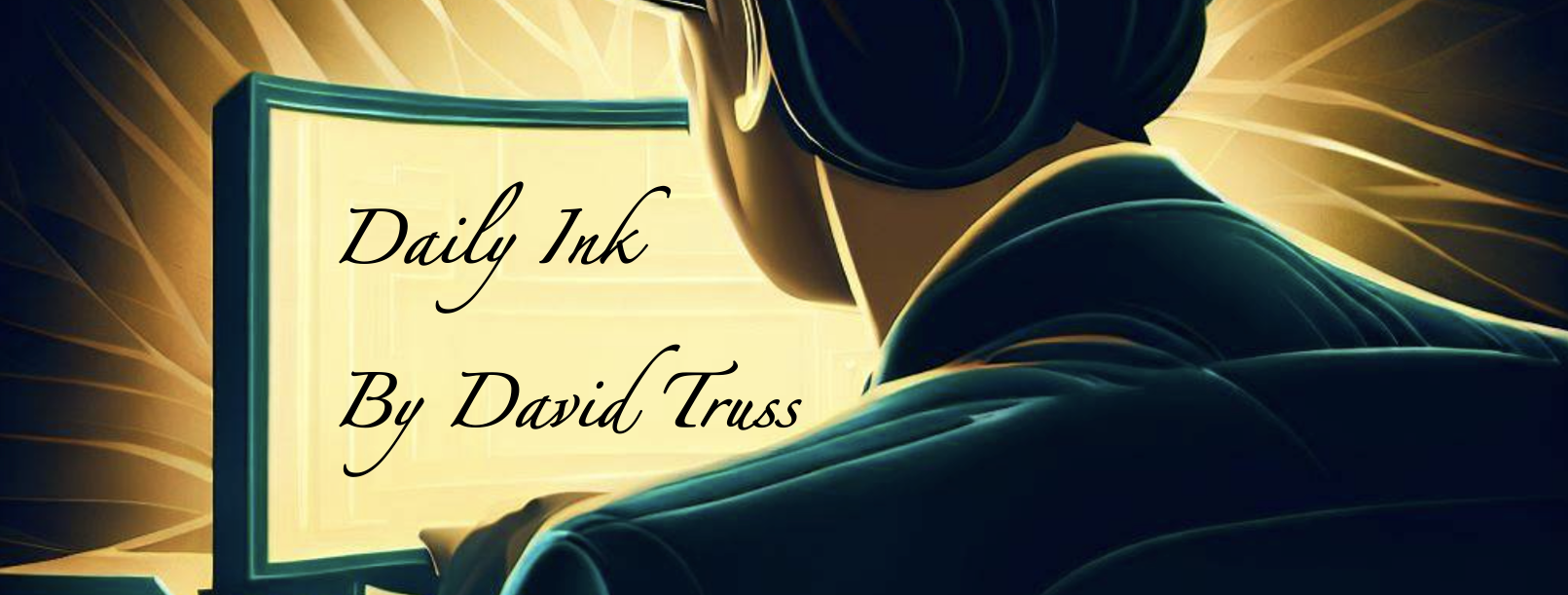Maybe I’m just too skeptical, but I am always suspicious when I connect with someone on social media and they quickly jump into a private message. I immediately think they are there for one of two reasons, to sell me something or scam me.
Yesterday I got a follow on BlueSky. I followed the person back and then received two direct messages:
Hello, David, I’m [Name]. Nice to be friends with you here
I just got here. What do you think of the place?
This was my response:
Haven’t invested enough time here to say. But FYI, I don’t spend time on social media messaging people I don’t know, sorry. Happy to respond to public @ responses, but this will be my last private message with you. Nothing personal, just not how I use social media.
Then I got this long response:
I just arrived here and I am curious about everything here, so I will send you a signal to make friends. After all, making new friends is always good. What social media do you use? I have WhatsApp and Telegram, and I usually communicate with my family and friends there
That’s enough for me to end both the conversation and connection. I’m not interested in playing games. I’m not interested in flirtatious banter. I don’t need to waste my time with someone who sounds inauthentic.
I usually respond to DM’s in some way. I try to assess intentions, I try to be polite. But I also feel like my effort to be nice, to engage, is an invite to waste time with people who do not have good intentions. Blocking may seem harsh, but that’s what I do. This one seemed scam-ish from the start, and the first part of this person’s profile was a vague description, ‘Businesswoman from LA’, so my initial response was colder than usual. I’m more open to an honest response from someone who is an educator.
Fortunately this is quite rare. Most of the people I end up connecting with are indeed educators, and if I get a direct message it’s usually good. But when a stranger just slides into my DM’s just to be friends, my stranger danger alarms start to go off, and I am starting the conversation with caution and skepticism.
So if you are new to connecting to me, by all means do say hello, but no need to slide into DM’s. Just @datruss me publicly. There really isn’t a reason to DM me unless you know me. Am I the only one that looks at DM’s this way?















